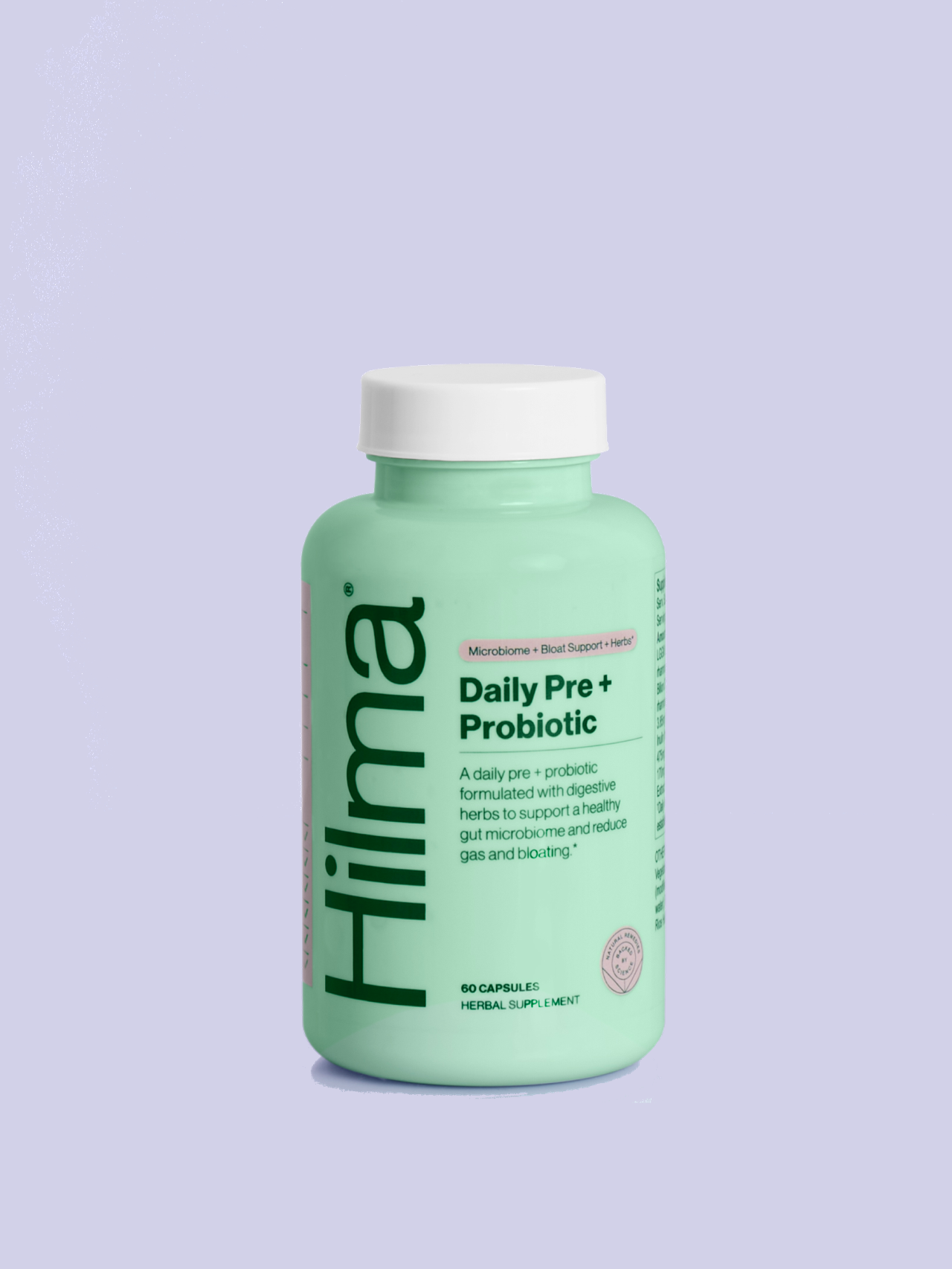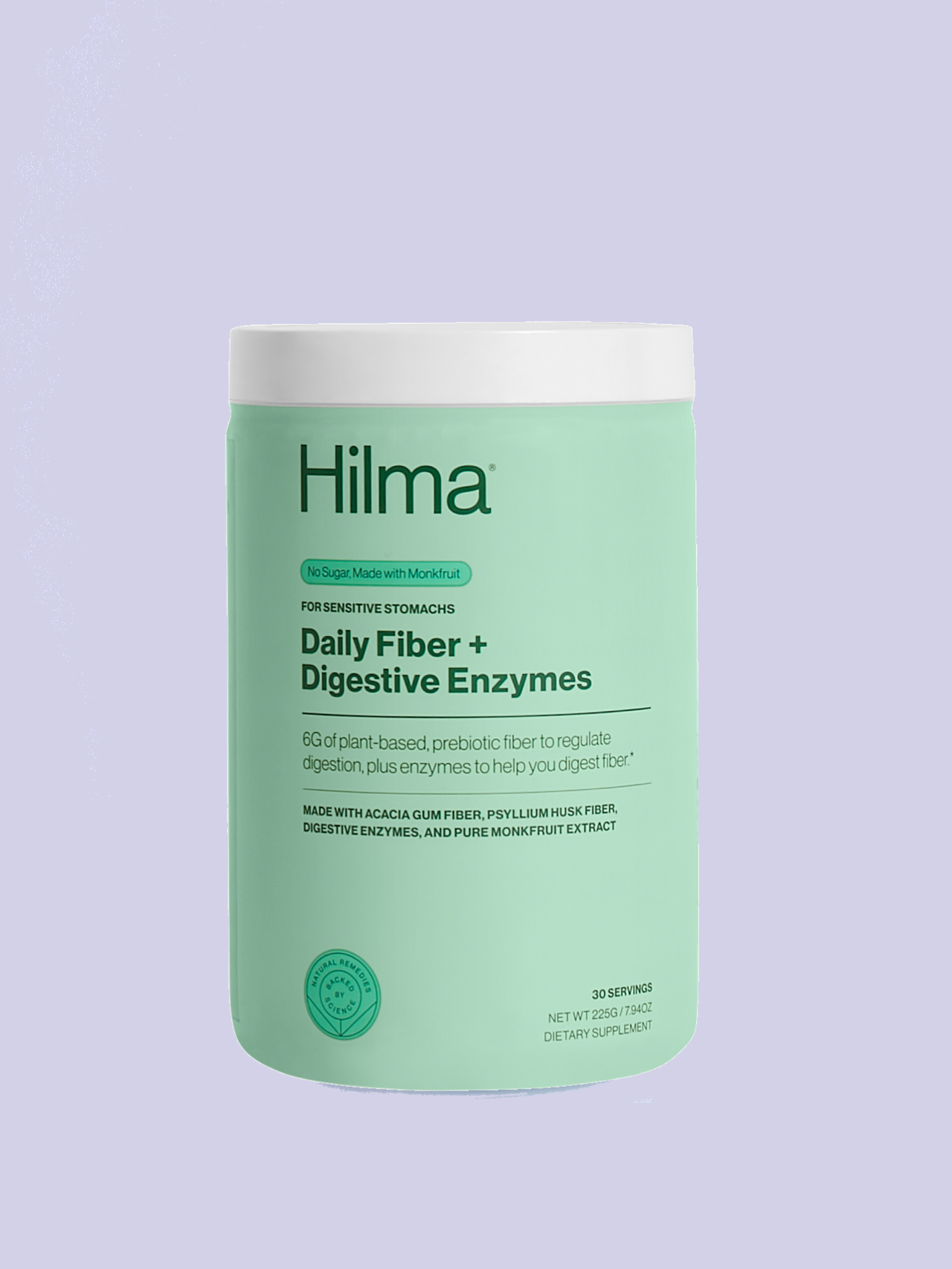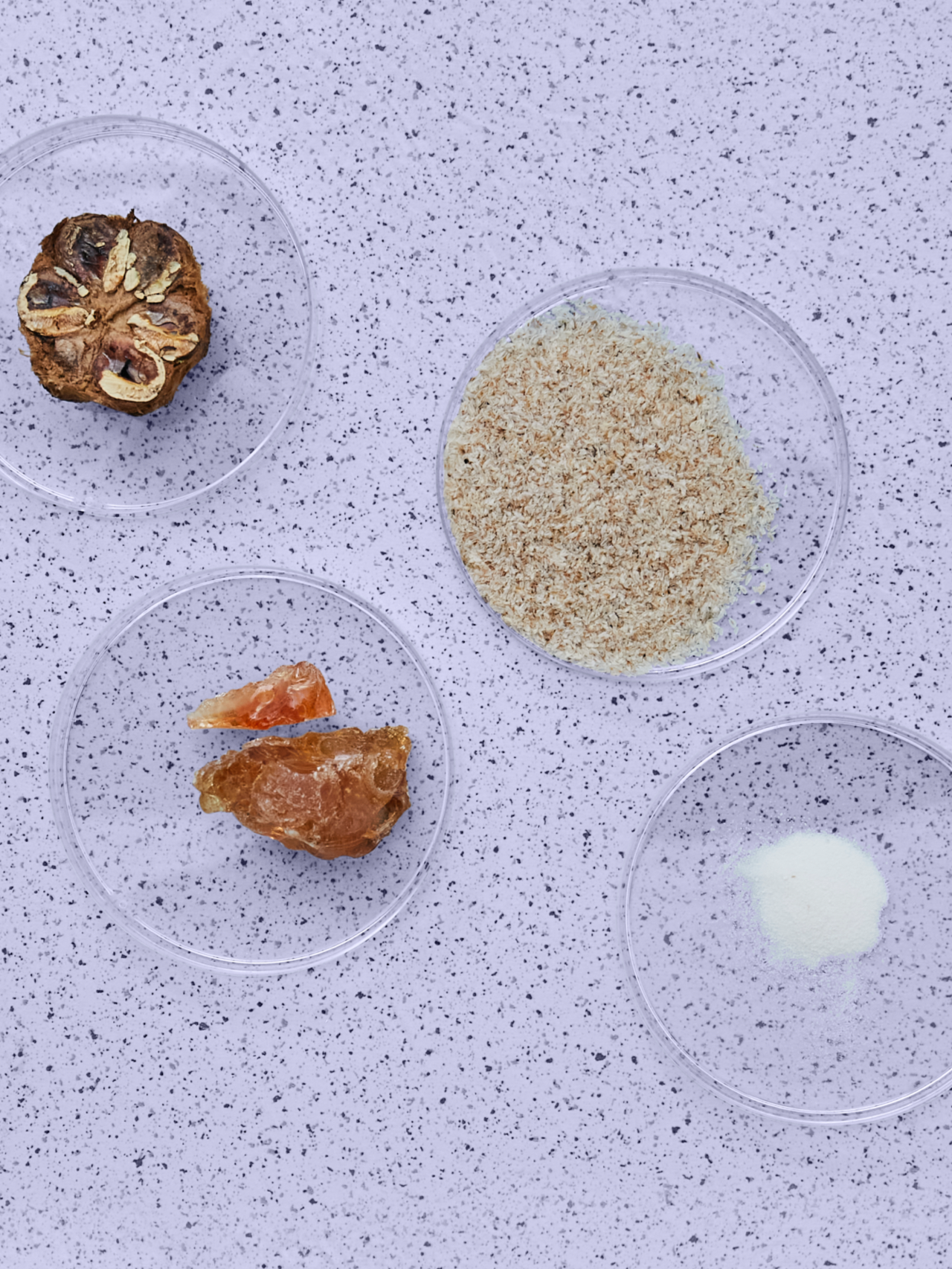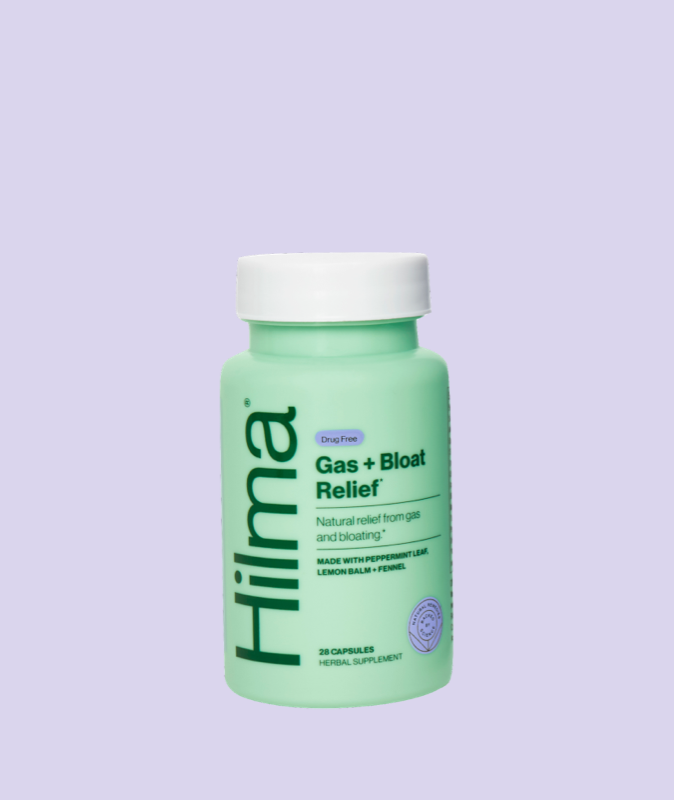
Fermented foods have traveled seamlessly from ancestral kitchens to wellness routines, bridging ancient traditions with modern microbiome science. These tangy, naturally preserved staples—like sauerkraut, kefir, miso, and kombucha—are now not only dietary mainstays but also trending across social media.
Products like Coconut Cult’s probiotic yogurt have become cult-favorites (pun intended), often showcased on TikTok and Instagram as the ultimate gut health indulgence. It’s common to see spoonfuls scooped straight from the jar, with claims of better digestion, clearer skin, and an uplifted mood.
And truthfully, the science behind fermented foods is compelling. Rich in live bacteria, they’ve been shown to support gut health, modulate the immune system, and even influence brain chemistry through the gut-brain axis.
What Are Fermented Foods?
Examples of fermented foods include:
-
Vegetables: Sauerkraut, kimchi, fermented carrots, beet kvass
-
Others: Apple cider vinegar (with the mother), fermented pickles (salt-brined)
Fermented Foods as Natural Probiotics
Common genera found in fermented foods include:
Consistent consumption of fermented foods has been associated with:
-
Enhanced production of short-chain fatty acids (like butyrate)
-
Reduced levels of C-reactive protein (a marker of systemic inflammation)
Why Probiotics Are Important for Gut Health
Probiotic bacteria from fermented foods can support the microbiome in several ways:
-
Colonization resistance: Good bacteria outcompete pathogenic microbes
-
Strengthening of gut barrier: Probiotics can enhance tight junction proteins to prevent "leaky gut"
When Fermented Foods Aren’t Helpful
SIBO: When Bacteria Are in the Wrong Place
Notably, studies on probiotics in SIBO are mixed. Some individuals improve, while others experience flare-ups. That’s why personalization—and sometimes a “less is more” approach—is critical.
Histamine Intolerance: When the Immune System Overreacts
Many fermented foods contain or promote the production of histamine, a naturally occurring compound involved in immune responses, digestion, and the central nervous system. Normally, histamine is broken down by enzymes like diamine oxidase (DAO) and histamine-N-methyltransferase (HNMT). When these enzymes are under-functioning—or when histamine intake exceeds capacity—it can lead to histamine intolerance.
Symptoms of histamine intolerance include:
-
Headaches or migraines
-
Skin flushing or rashes
-
Heart palpitations
-
Anxiety or panic attacks
-
Insomnia
-
Gastrointestinal issues
High-histamine foods include:
-
Aged cheeses
-
Cured meats
-
Vinegar
-
Kombucha
-
Yogurt
-
Sauerkraut
-
Alcohol
In histamine-sensitive individuals, even small amounts of fermented foods may cause disproportionate symptoms. In this case, reducing histamine load and supporting DAO enzyme activity becomes essential before reintroducing ferments.
SIBO-Safe & Histamine-Friendly Probiotics
For individuals with SIBO or histamine intolerance, probiotic supplementation should be carefully selected. Instead of broad-spectrum formulas, targeted strains that do not produce D-lactate or histamine are preferable.
SIBO-safe probiotic strains may include:
-
Bacillus coagulans (spore-forming, shelf-stable, survives stomach acid)
-
Saccharomyces boulardii (yeast-based, non-bacterial)
-
Bifidobacterium infantis
Histamine-degrading or neutral probiotic strains include:
-
Bifidobacterium longum
-
Lactobacillus salivarius
-
Bifidobacterium bifidum
-
Lactobacillus plantarum (some strains)
Products labeled as “histamine-safe” or “low histamine” can offer additional guidance, though it’s best to work with a practitioner who can tailor the approach.
Fermented Foods in Moderation
Even in individuals without gut pathology, more isn’t always better. The goal of fermented foods isn’t to overwhelm the digestive system—it’s to enhance it. Small, regular servings often offer greater benefits than large, infrequent doses.
Start slow:
-
1–2 tablespoons of sauerkraut with a meal
-
½ cup of unsweetened kefir or yogurt
-
A splash of apple cider vinegar diluted in water
-
A few fermented carrot sticks or pickles
Tuning into symptoms like bloating, skin reactions, or fatigue after introducing fermented foods can help guide what works best for your unique gut terrain.
Two Simple Fermented Recipes to Try
1. Basic Sauerkraut (Beginner-Friendly)
Ingredients:
-
1 medium green cabbage
-
1 tablespoon sea salt
-
Optional: caraway seeds, juniper berries, shredded carrots
Instructions:
-
Thinly slice cabbage and place in a large bowl.
-
Sprinkle with salt and massage until juices release.
-
Pack tightly into a sterilized jar, pressing down so the brine covers the cabbage.
-
Weigh down with a fermentation weight or small jar.
-
Cover with a breathable cloth and let ferment at room temperature for 5–10 days.
-
Once tangy, seal with a lid and refrigerate. Use within a month.
2. Coconut Milk Kefir (Dairy-Free, Low Histamine)
Ingredients:
-
1 can full-fat coconut milk
-
1 capsule Bacillus coagulans or S. boulardii
-
Sterilized jar
Instructions:
-
Shake coconut milk and pour into the jar.
-
Open the probiotic capsule and stir into the milk.
-
Cover loosely and ferment at room temperature for 24–48 hours.
-
Taste. Once lightly tangy, move to the fridge. Use within a week.
Fermented foods are powerful allies for the gut, but their effectiveness depends on the health of the terrain they’re entering. While they offer a natural, food-based approach to boosting beneficial bacteria, not all guts are ready for fermentation-forward protocols.
Understanding conditions like SIBO and histamine intolerance allows for a more refined approach—one that doesn’t abandon fermented foods altogether but respects their complexity and timing.
In the end, it’s not just about what we consume—it’s about how and when. Because true gut healing is not about trends or volume—it’s about wisdom, responsiveness, and personalized care.
Maicas S. The Role of Yeasts in Fermentation Processes. Microorganisms. 2020 Jul 28;8(8):1142. doi: 10.3390/microorganisms8081142. PMID: 32731589; PMCID: PMC7466055.
Schnedl WJ, Enko D. Histamine Intolerance Originates in the Gut. Nutrients. 2021 Apr 12;13(4):1262. doi: 10.3390/nu13041262. PMID: 33921522; PMCID: PMC8069563
https://www.courtneyholmbergnd.ca/post/probiotics-for-histamine-intolerance
Hrubisko M, Danis R, Huorka M, Wawruch M. Histamine Intolerance-The More We Know the Less We Know. A Review. Nutrients. 2021 Jun 29;13(7):2228. doi: 10.3390/nu13072228. PMID: 34209583; PMCID: PMC8308327.
Zhang YJ, Li S, Gan RY, Zhou T, Xu DP, Li HB. Impacts of gut bacteria on human health and diseases. Int J Mol Sci. 2015 Apr 2;16(4):7493-519. doi: 10.3390/ijms16047493. PMID: 25849657; PMCID: PMC4425030.




